
This logo isn't an ad or affiliate link. It's an organization that shares in our mission, and empowered the authors to share their insights in Byte form.
Rumie vets Bytes for compliance with our
Standards.
The organization is responsible for the completeness and reliability of the content.
Learn more
about how Rumie works with partners.
Most of us send and receive emails for many reasons. We send emails as students, for our jobs, and to stay connected to family and friends.
Email has been around for decades, and while it is common, proper etiquette is not always clear. It is easy to mis-use email, which is more formal than texting and social media.
Proper email etiquette is not merely about following arbitrary rules. Rather, it is the beginning of showing your email recipient kindness and respect.

Components Of An Email
The components of an email are more than just fields to fill out, they are the beginning of being kind to your recipient. As emails are more like formal letters than text messages, an email should include a subject line, greeting, body of the message, and a signature.
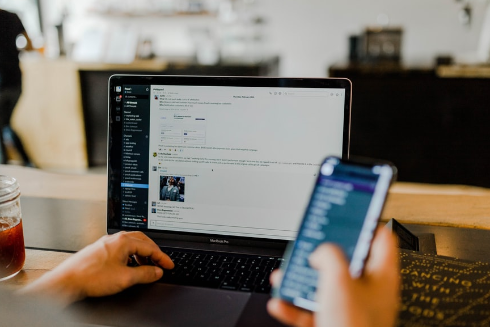
Relevant subject line
Include a relevant subject line so your reader knows what to expect. Rather than simply replying to a previous email, start a new email if you are discussing a new topic. This ensures that your reader will not miss anything.
Greeting
Begin the email with a greeting. If you are already on a first-name basis with in the real world, you can start with, “Dear Joe,” and include the comma after the name. If you are not on a first name basis (such as with a new acquaintance, a boss, a teacher, etc.) use their formal title. When in doubt, be formal. It is much better for them to say, “Please call me Joe,” than for you to seem disrespectful.
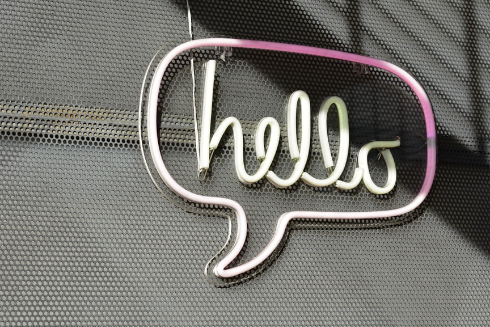
Body
The body of the email is so important that we will devote an entire section to it below. First, we will discuss the signature.
Signature
A signature should have some form of send off, followed by a comma, and your name. Include your full name for emails with new contacts, or with someone you do not usually email. You can use just your first name for friends and family. An example of a formal signature is below:
Sincerely,
Sarah Lopez
The signature you use will depend on your relationship with the person you are emailing. "Sincerely," is a safe, formal sign-off.
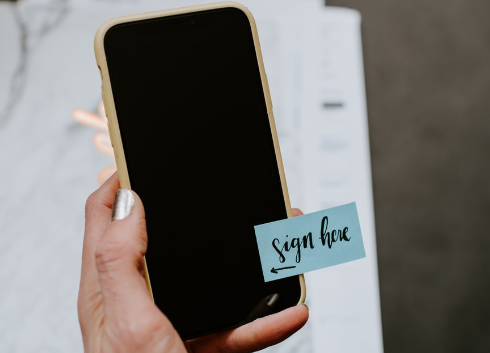
Quiz
Which of the following are proper components of an email?
The proper components of an email are a relevant subject line, a greeting, the body of the message, and a signature.
Did you know?
Sometimes It Depends...
How to be polite in an email will depend on the culture of your region, the culture of your school or business, and even your relationship with the person you are emailing.
The greeting
In some settings, everyone uses each other's first names. In other settings, no one uses each other's first names. And if you are emailing a boss or teacher, it helps to be very formal (unless they invite you to be less formal).
Avoid bias in your greeting
Check yourself for accidental bias when addressing your recipient. Studies have found that women and people of color are referred to by their formal titles (such as Professor, Dr., Ms., or Mr.) less often than white men. Be sure you are really on a first-name basis with someone before addressing them that way.
The sign off
Up above you read that "Sincerely," is a good, formal way to sign off in an email. Others include, "Thank you," "Best," and "Cheers." An informal or affectionate sign-off, like "Love, Alex," is a great way to end an email to a dear friend, but it would be inappropriate in a work email. Pay attention to how people in your school or business sign their emails to know what level of formality is expected.
Quiz
Which of the following greetings and signatures would be appropriate for emailing your college instructor for the first time?
Using a formal greeting for your college instructor (or any teacher) is appropriate for reaching out for the first time. They might invite you to use their first name, but they might not. Use "Sincerely" or another formal sign-off, as this is a professional relationship, not an intimate friendship.
Body Of The Message
Proof-read
Read through your message to find mistakes before you send. The most effective way to proofread is to read out loud. Our minds can skip over mistakes when we read silently, but we're more likely to catch them reading out loud. This is also a time to remove internet slang and replace it with formal language. This may not matter with a close friend, but a boss or teacher will not respond well to “LOL, wut?”

Brevity and clarity
Brevity
Respect for your recipient extends to the amount of time it takes them to understand the message. You will be more likely to get a thoughtful response if your email is succinct.
Clarity
While an email is not a formal paper with a thesis statement, you do have a point in writing any email you write. What is that point? Make it clear from the beginning, so your reader knows what they are getting into. When you proofread your email for typos and mistakes, you can also read it to make sure your point is clear.
Not so private
Include things you won’t mind other people seeing. Once you send, you can’t control what your recipient does. They may forward it to exactly the wrong people. So skip the gossip and stick to anything you are proud to share.
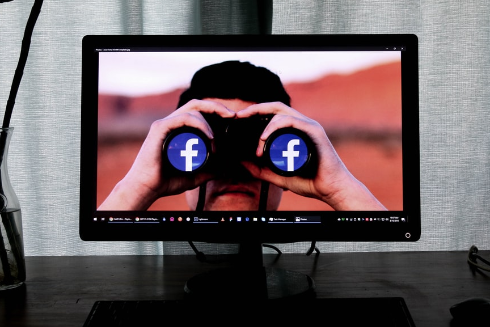
Quiz
Which of the following is NOT the beginning of a proper email?
Using a recipient's first name when you are not on a first name basis and using internet slang are to be avoided.
Nuts And Bolts
CC: and To:
These have different purposes. Put a recipient in the “CC” field if you are just notifying them, but don’t expect a response. The “To” field is best for when you do need a reply.
Privacy of your recipients

Make use of the BCC field to maintain everyone’s privacy. For example, an email to your 50 best friends about your birthday should not include every email in the “To” field. Rather, use the BCC field. No recipient will see who else is BCC'ed, so they can maintain their privacy.
Quiz
Which of the following is the correct action?
Making use of BCC to maintain the privacy of your recipients is both kind and respectful. Emailing everyone on a 100-person email in the "To:" field leaves everyone exposed. And reply-all should only be used when your response is relevant to the entire group.
Take Action
In conclusion, the basic rules of etiquette encourage us to be kind and respectful of our recipients. When in doubt, ask yourself, “Is this kind? Is this respectful? Does it value their time?” and you will make a good decision.
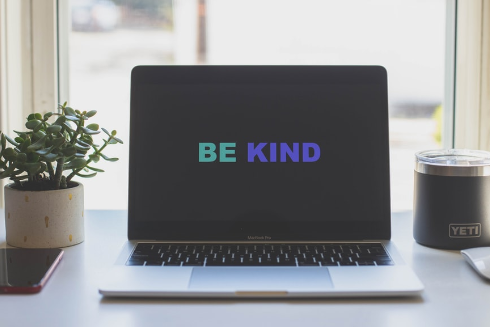
This Byte has been authored by
Stephanie Ramsey
Consultant and Researcher
